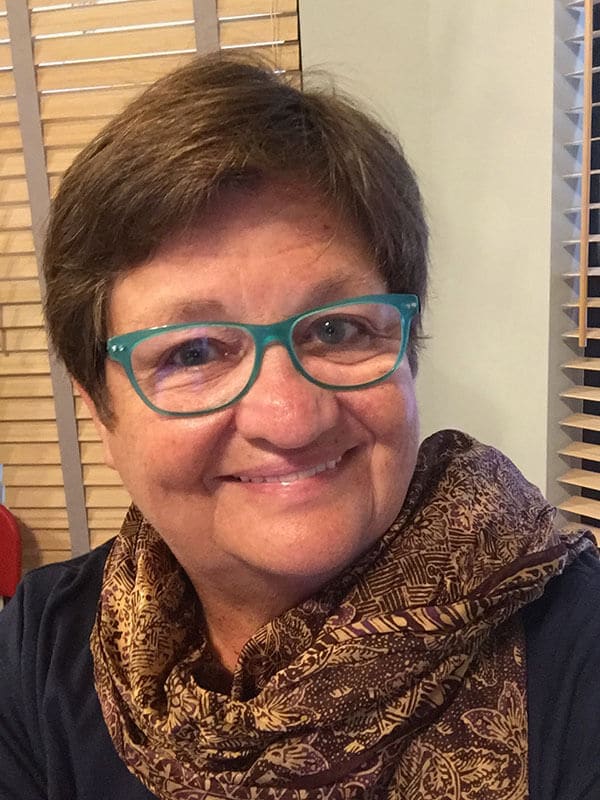MediaShare to Shared Media (original) (raw)
I’ve been teaching public speaking for over 25 years. When I decided to teach online 15 years ago, I looked for a tool that would allow my students to upload their speeches for me to grade.
Did I mention my predecessors teaching online speech were using snail mail and VHS tapes? Well, I came a long way, baby! I was one of the first teachers in the US to use the newest video upload tool, MediaShare, which has evolved into the multifunctioning Shared Media.
Why Shared Media?
This Pearson tool allowed me to accept student videos of the length required for speeches and to grade them in one stop. And as the years rolled on Shared Media got better and better. It is a tool that allows you to “share” any type of media to your students and you can ask them to share any type of media back with you; audio, documents, images, or videos.
You have so many options when creating assignments. You can send your students an example of a bad speech and ask them to critique it and send you back the critique in a document. Or you can send instructions for preparing and delivering a recorded speech and ask the students to share with you their video along with their outline and even the PowerPoints® or images they’ll use for visual aids.
I can now use one of the pre-created speech grading rubrics or create my own. And I’m able to require peer evaluations using a rubric I choose for students. I even have the ability to team students into groups, so they become the cheerleaders for each other’s speeches as they offer peer support and suggestions.
Give it a try
Since my early beginnings 14 years ago teaching online speech courses for my college, I have met many instructors who firmly believe teaching speech online is an impossibility. Nay, I say! Have you tried Shared Media? While we cannot replicate a face-to-face environment for students online, I can certainly simulate the types of activities that build the same skills needed for either a virtual or real-world speaking event.
I’ve even been able to share my successes with neighboring colleges who’ve asked me to demonstrate my online speech classes and have used them as a model to implement their own online speech programs using Shared Media.
Now I can teach speech from anywhere. And I have. From mountain tops in Costa Rica, to sailing ships in Indonesia. If there’s an internet connection, I can support students as they learn the skills of speaking publicly.
About the author

Dr. Terri Moore
A native Floridian, Terri worked in North Carolina for 15 years, directing non-profit agencies primarily in the fields of health care and services. Terri moved into academia where she has taught in higher education for over 19 years, teaching communication courses first at Guilford Technical and Community College, completing her master’s degree in communication studies from the University of North Carolina at Greensboro. Returning to her native state, she taught communication and college success courses with Polk Community College as she completed her PhD in Psychology with an emphasis in social psychology.
As a dual credentialed professor with Eastern Florida State College, Terri has been teaching both psychology and communication courses for over 13 years, using Pearson products in classes first with MyLab® and continuing with Revel® as it expanded the list of authors and developed additional integrations such as Shared Media. She has taught extensively, both in face-to-face and online platforms, a wide range of communication and psychology courses, designing a number of master courses for online programs. She has been a freelance faculty advisor with Pearson for approximately 11 years, making the choice in 2019 to leave full-time academia for full-time employment with Pearson as a Revel faculty advisor for liberal arts.
A skilled presenter with excellent oral and written communication skills, Terri’s preferred research methods are qualitative with a special interest in social psychology and well-being across the life span. Most recently, she published an article based on her research of women choosing to make new committed relationships in later life.